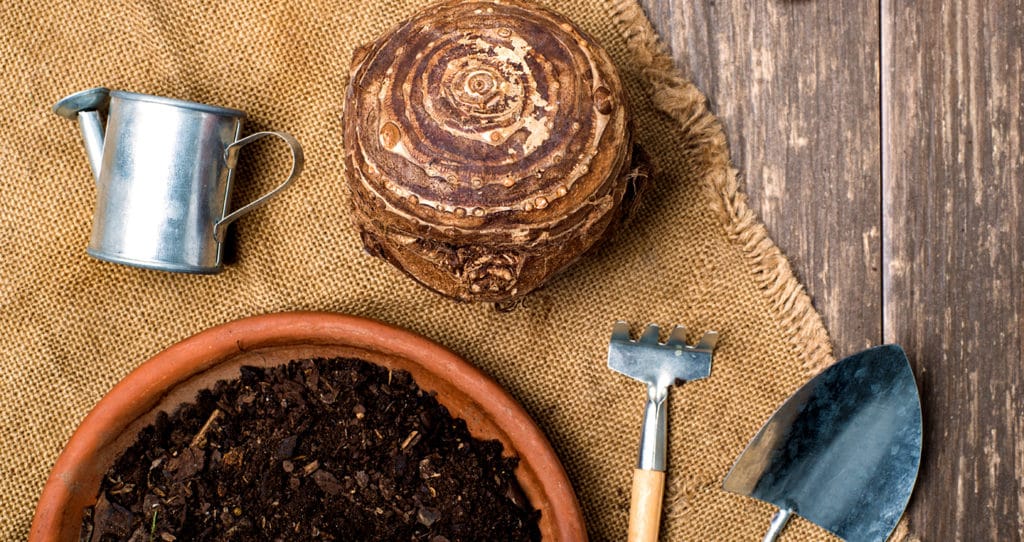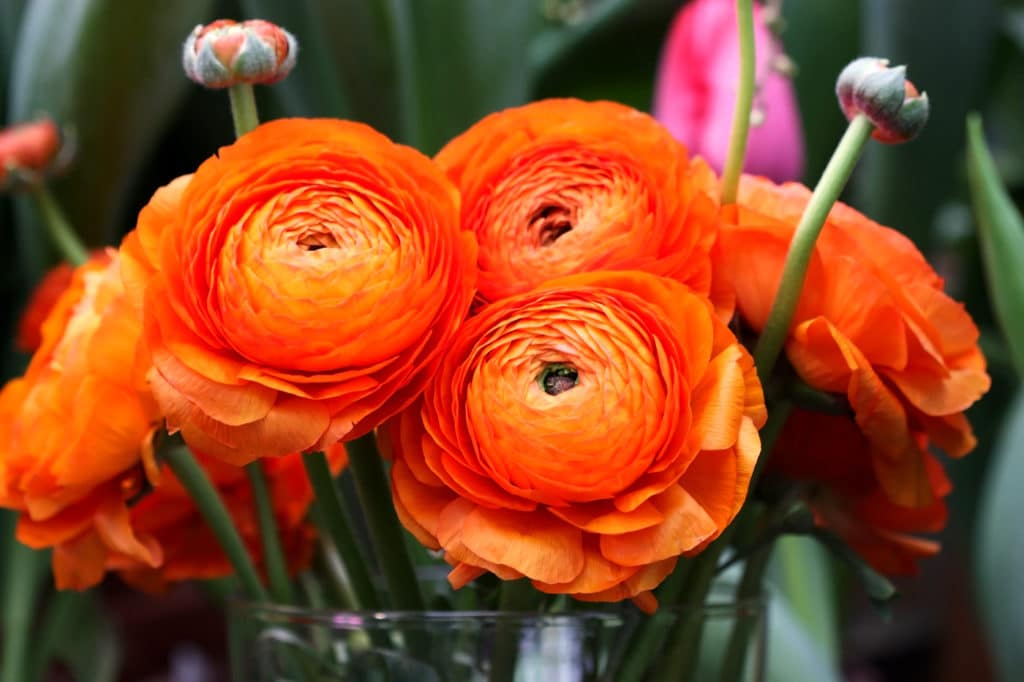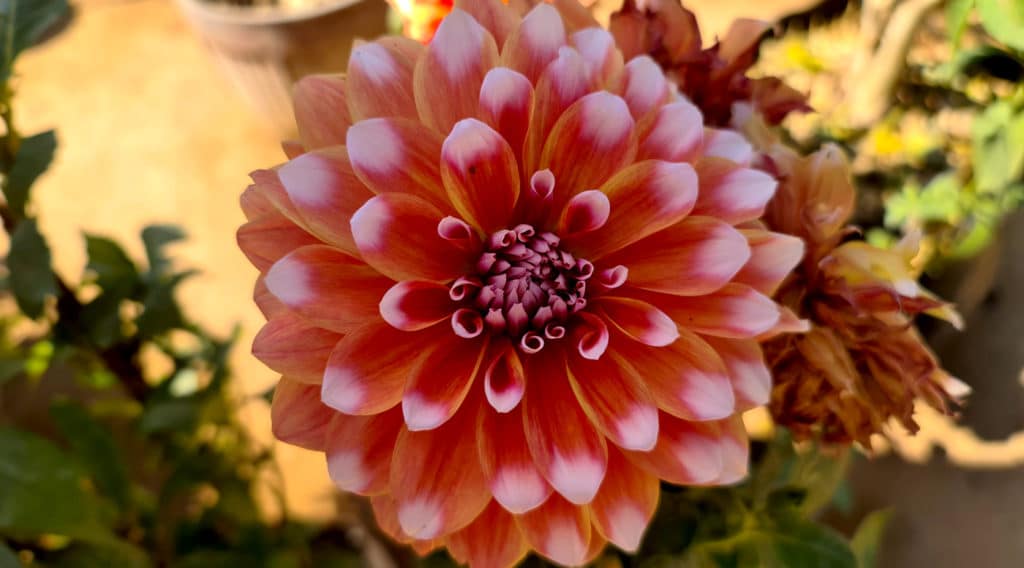Top Tips for Planting Bulbs in Spring
We asked our experts for their best Spring bulb planting tips
As temperatures warm and the threat of frost decreases, it’s time to start thinking about planting. From colorful flowers to healthy vegetables like potatoes and asparagus, spring is the perfect time to get the bulbs, tubers and starts into the ground and ready to grow up healthy and beautiful. Before you head to the garden center, take a few steps to plan out your gardening beds and containers so you have everything you need when you are ready to start digging.
First, observe the area at different times of the day to see how the sunlight moves over it and where the most shade is located. Even a simple diagram helps you select bulbs and tubers that thrive in the natural sunlight and areas of shade.
Next, dig into a small patch of soil. It should sift through your hands easily. If you have a lot of clay and it clumps together, you might need to purchase some compost and peat moss. If the soil is sandy, pick up some organic topsoil.
Finally, consider the heights of existing perennials to make sure the ones you are starting from bulbs and tubers won’t overcrowd or tower over your other plants. Once you are shopping for bulbs, choose ones with various bloom times to keep your flower beds and containers colorful all summer long. Now it’s time to plant and care for your bulbs!
Here are 5 of our best bulb planting tips:
1) Pay attention to the planting depth and spacing recommended for your bulbs. Typically, most should be planted approximately three times their height in depth.
2) Plant in soil with good drainage. The soil should sift through your hands; not clump together. Amend your soil and loosen the soil in the area so the roots can get a good start.
3) Once planted, keep soil moist, but never wet.
4) Fertilize at the end of the blooming season for full, beautiful plants next season.
5) Allow the foliage of the plants to die back on its own before removing. This allows the plant to continue making food to help it flourish next season.
Hopefully, depending on what you plant, you’ll not only have a season of color in your garden, but maybe even some fresh homegrown potatoes on your dinner plate.




